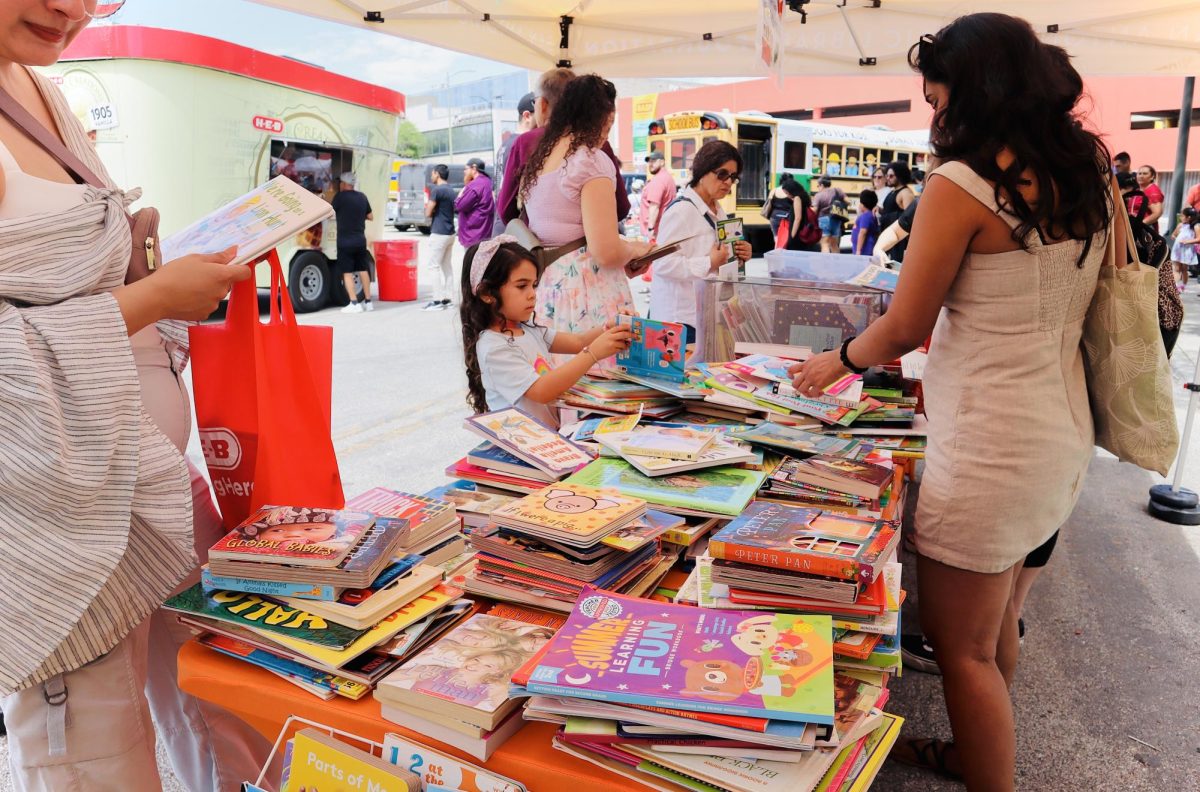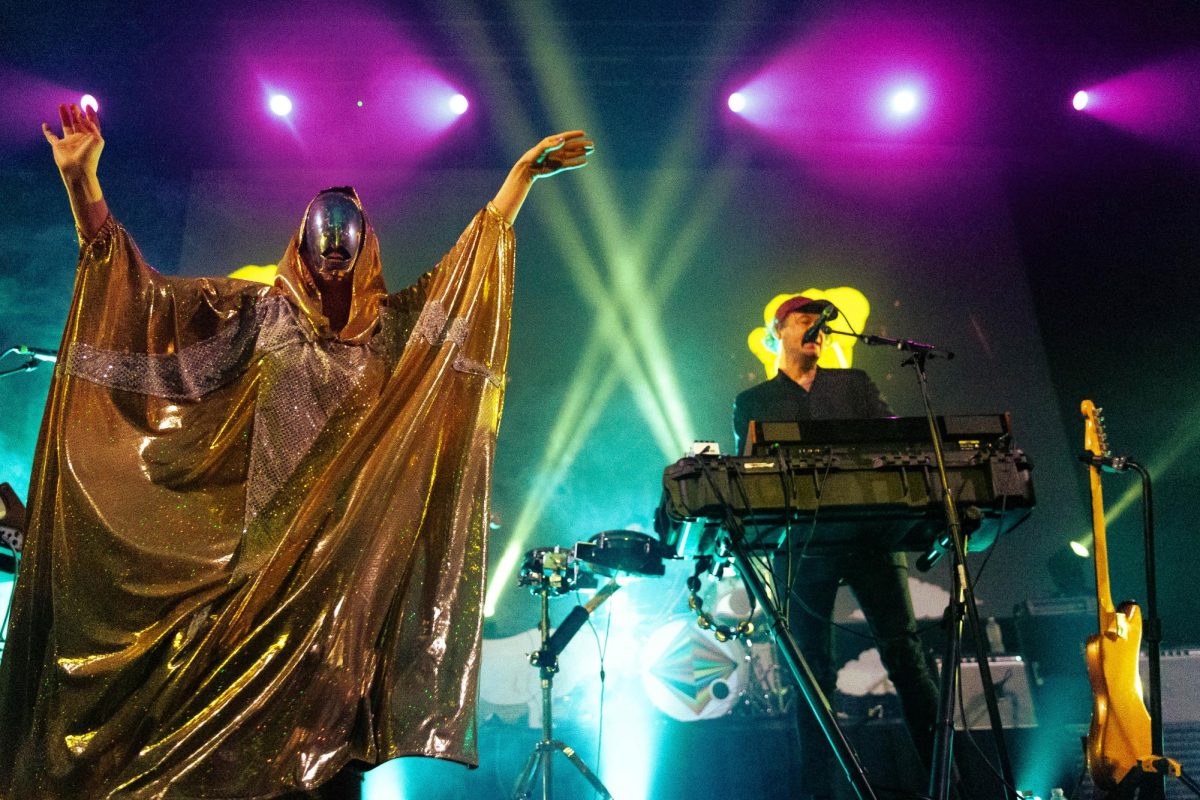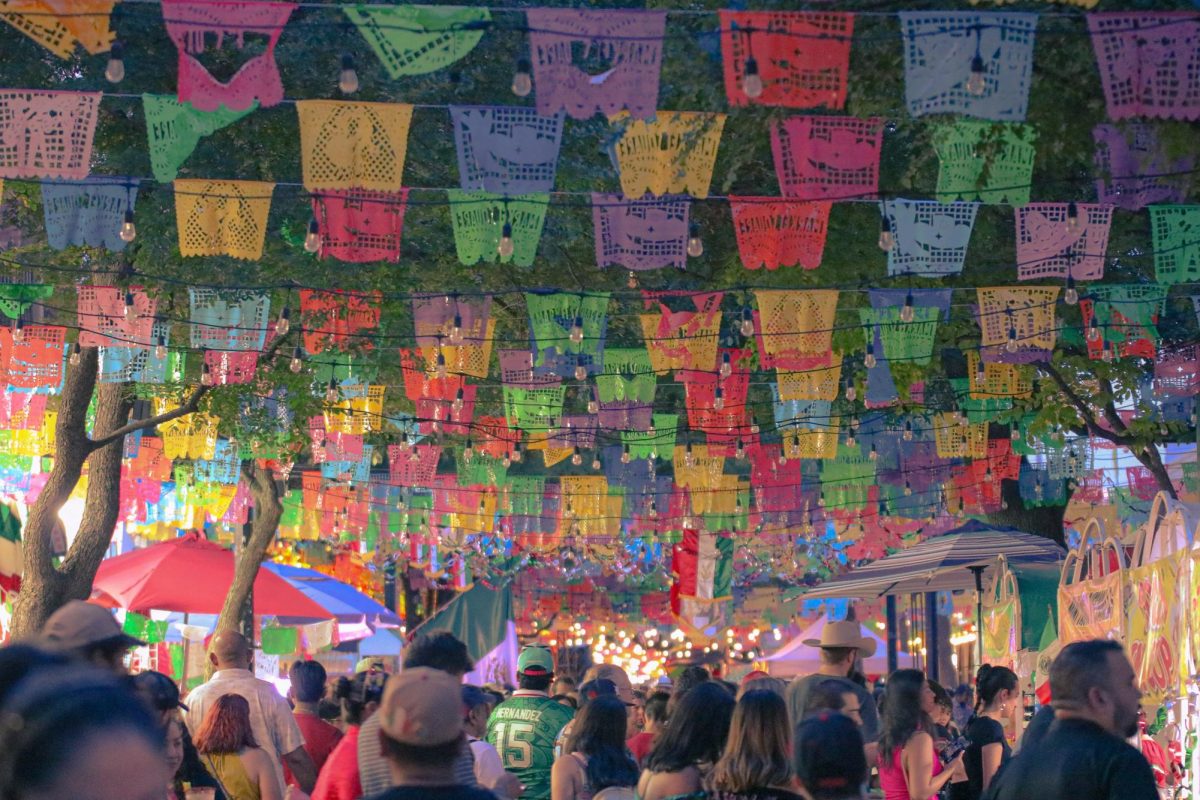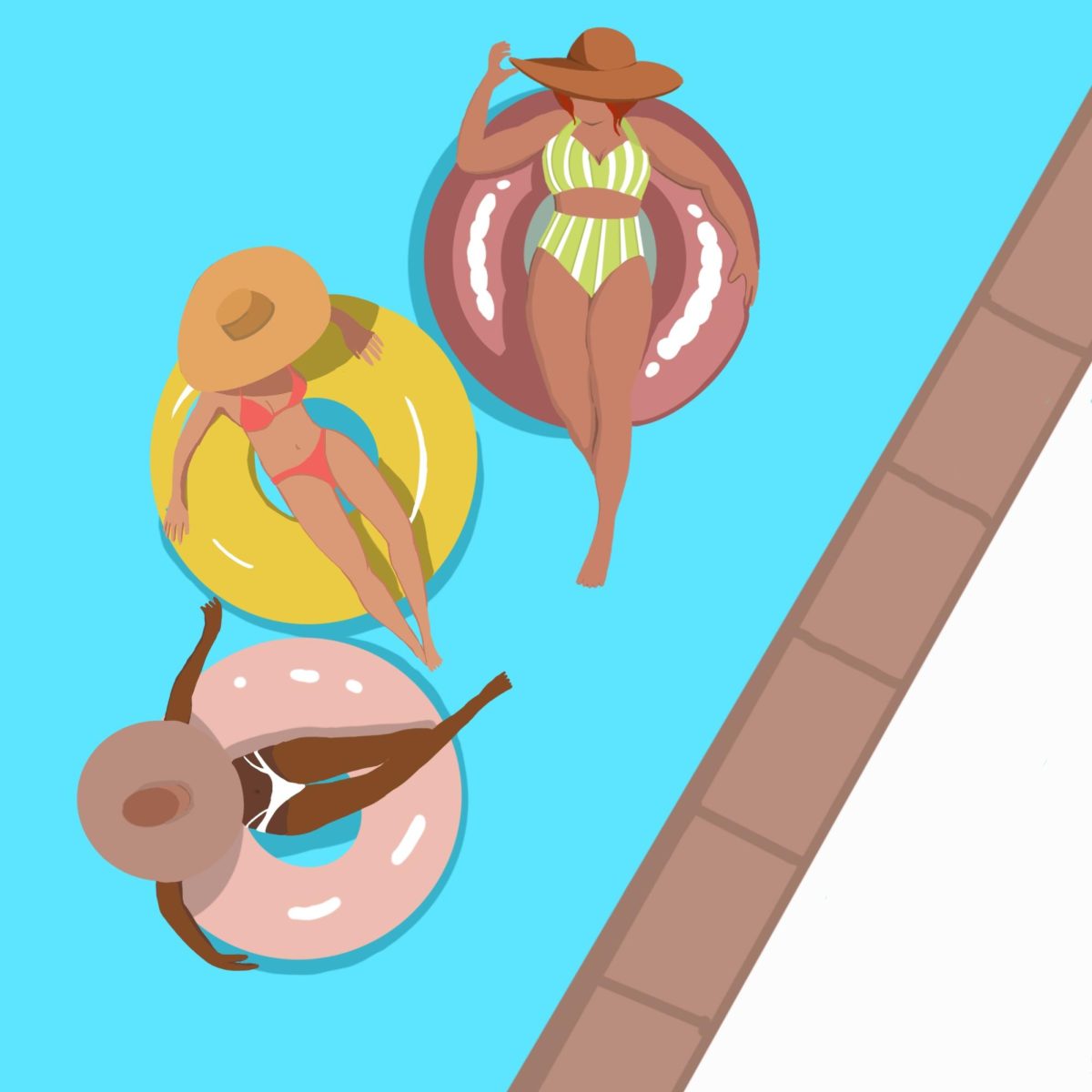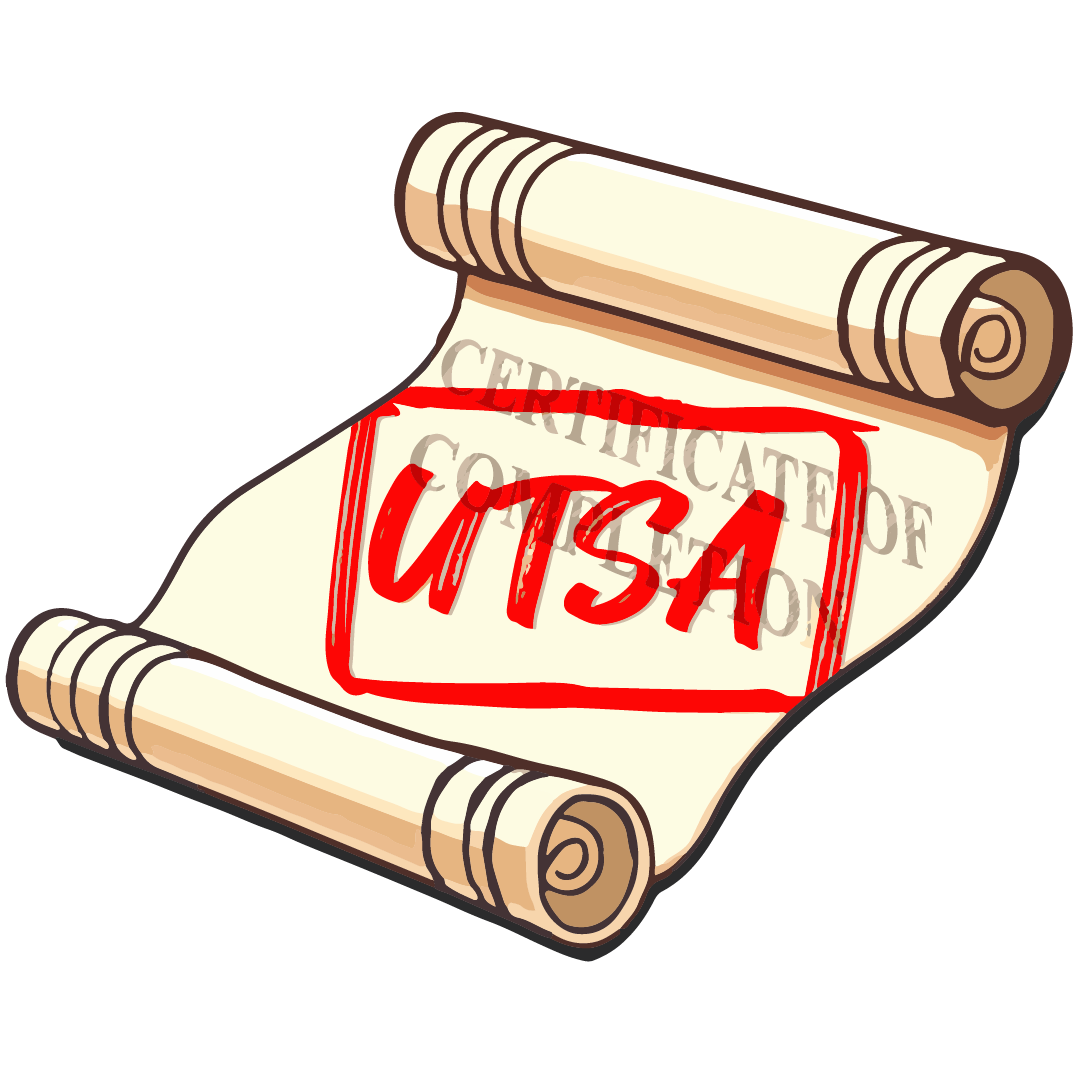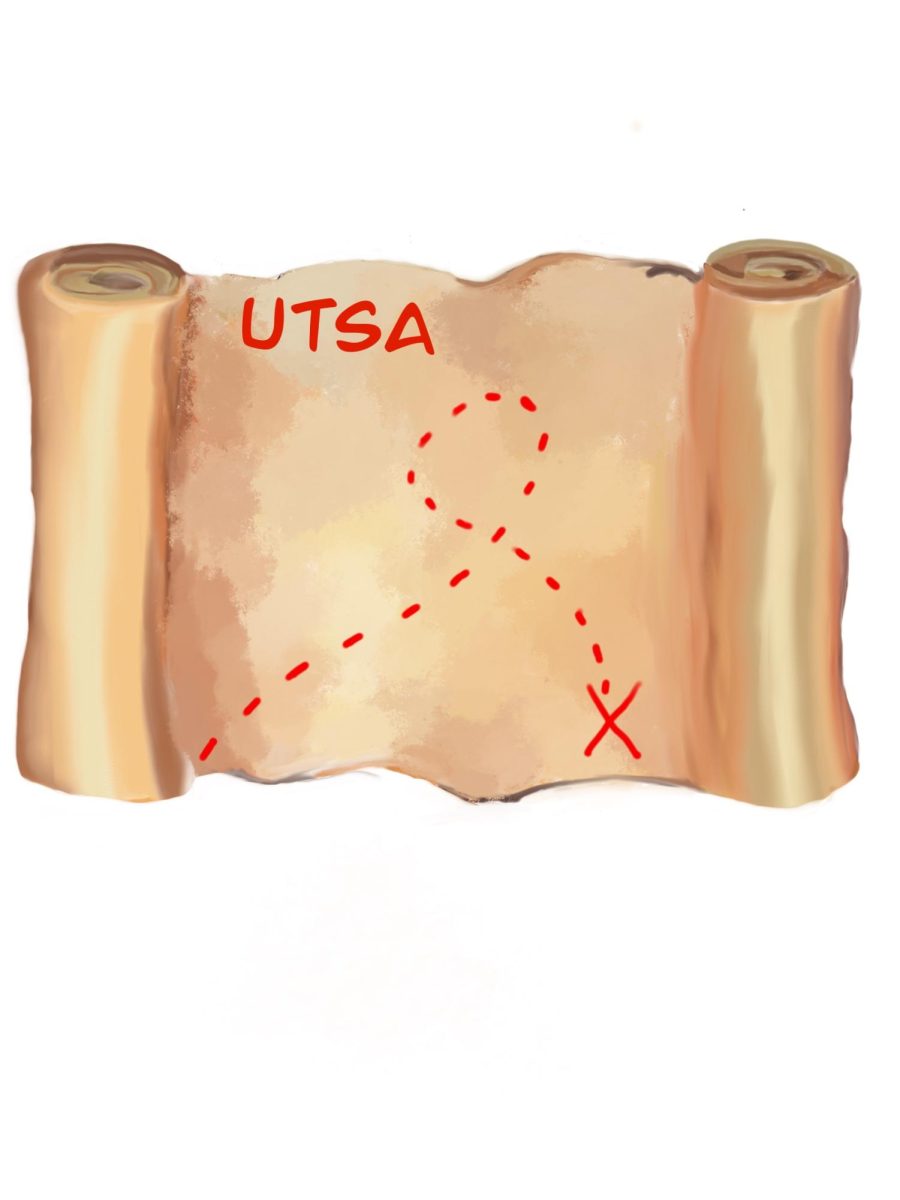-daryl__gallery.jpg)
Daryl Smith
Most students have heard of the ghost in the McKinney Humanities building and that the Sombrilla Fountain contains a magical power that helps students ace their finals. But what about how the MH Building looks like a prison or the reasoning behind its crazy corridor numbering? Here are a few more superstitions that you probably haven’t heard before.
In September 2013, UTSA welcomed the anticipated arrival of the Rowdy the Roadrunner statue that is currently housed in the H-E-B University Center. This led to a new tradition occurring. “During my (December) graduation ceremony, I remember (UTSA President Dr. Ricardo) Romo saying that some students had rubbed the Rowdy statue for good luck on their exams,” says Sierra Salazar.
Not many students have admitted acting on this superstition, but rubbing a statue for good luck is a common superstition among other universities. For example, Harvard University has a long-standing superstition that students and tourists rub the polished left shoe of John Harvard for good luck.
Another increasingly popular superstition is the housing of graduation rings. According to Salazar, once students buy a graduation ring, UTSA asks if they can house the ring in the Alamo on the night before the ring ceremony.
“(Rings) will then be taken to the Alamo where they will spend the night in the hallowed shrine to commemorate your achievement and forever tie your accomplishment to the rich history of San Antonio,” said the Office of Alumni Relations. The purpose of this practice is to boost your morale as you walk the stage and receive your ring.
Please note the following myth about the campus is pure rumor and speculation.
Some students have heard that the MH Building has the spirits of deceased people roaming around the fourth floor. However, not many have heard that the rumor’s purpose was to help prevent riots during the tumultuous 1960s.
According to Dr. Richard Utecht, there were only four buildings that made up UTSA — the MH Building, the John Peace Library, the Convocation Center and the Multidisciplinary Studies building. While the Vietnam War was raging, many students were protesting in universities across the nation against the draft.
“Some students would occupy offices or classrooms and they would attack the professors in there. UTSA was supposedly planned and developed with escape hatches in case that ever occurred,” says Dr. Utecht.
If you have class in the MH Building, you’ll notice there is a door behind the podiums. Supposedly, behind those doors is a catacomb system that would help professors escape from the hostile students.
“It’s also been mentioned that the wide corridors on the third floor were designed that way for police cars to drive through — the campus was built almost like a fortification,” said Dr. Utecht.
Despite these strange rumors, Dr. Mary McNaughton-Cassill says there is an explanation for why UTSA has the Vietnam period rumors. “A lot of the myths are not true, but are buoyed because there was a period when the campuses were on lockdown because it was a scary time for people.”
Another strange rumor that faculty members have heard about the MH Building is its original purpose. “The Regents weren’t sure if the university would succeed when it first opened, so they designed the campus to be easily converted to a prison,” says Dr. Aaron Cassill.
The rumor also explains this possibility because of “the lack of windows at ground level, the easily enclosed central area and setup and the incomprehensible numbering system so the prisoners would never know where they were and couldn’t plan an escape.”
There is another myth about the numbering system in the Humanities building. “There was a psychology professor who wanted to do human maze studies and didn’t want the numbers to reveal any information about where the people really were,” says Dr. Cassill.
Since UTSA is a relatively young campus not many stories or traditions have been established. Though we have few superstitions and myths, more tales will develop over time. If you have any unheard superstitions or myths about UTSA, send them to [email protected].






